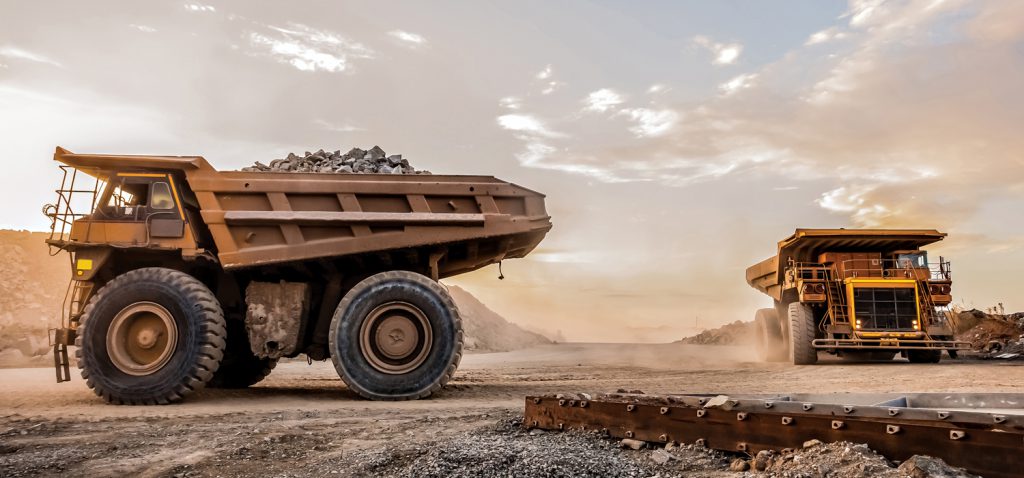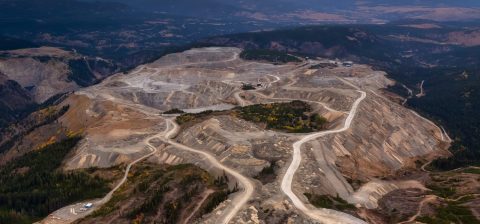Infrastructure SA Mining
Coronavirus And The Small-Scale Miner
By: Nico Pienaar: Director at ASPASA
In the industry junior mines are bigger mines that have a few hundred people employed and have bigger sponsors providing funding. The minerals mined are of higher value, such as gold, platinum and coal. The smaller-scale mining industry meanwhile is seen to be much smaller and consists of fewer people, located close to the mineral deposit and whose survival is aligned to market trends; be it a bull run or a bear market. Given their small-scale stature the miners are highly susceptible to the ups and downs of the market.
In South Africa the main groups of small-scale surface miners can roughly be categorised into three groups.
There is the diamond industry, which has many individual small players making a living of digging and hoping to find something of value. The second group is the clay miner whose raw material is employed in the manufacture of clay bricks used in the building of houses and structures. Clay miners are located across the country where the clay deposits are located and close to communities who need the products. The third group is that portion that ASPASA represents – the smaller-scale miners who mine a variety of minerals. The largest of the small-scale miners are the aggregate and sand miners whose product is used in concrete making or in road development. Aggregate and sand are two products that are the most widely mined minerals in the world given that all infrastructures are built using concrete, with cement being the glue that holds the structures together.
ASPASA also represents a number of different commodities found in particular areas, such as dimension stone, salt and silica, among others.
Impact of COVID-19 on small-scale mining
Following the call by President Cyril Ramaphosa for a lockdown to stem the spread of the coronavirus (COVID-19), small-scale mining together with all businesses had to cease operations, barring essential services/operations.
As such only six minerals, which are considered essential, have been operational and these include lime and silica – minerals used in industries that produce essential commodities.
As small operations are scattered across the country, the lockdown has affected the operations and people who work on the mines differently.
Fortunately this part of the industry is not reliant on hostels and labour from neighbouring countries.
Employees at these operations are in the majority local people who live in the local community and don’t have to return to areas of origin or homes far away.
So when the lockdown is lifted the small-scale miners will be up and running as their employees are committed to the survival of the business given that in most cases, their livelihood is dependent on the success of the mining operation.
The trick for small operations is to get going as soon as the lockdown is lifted and maybe look at the business in a different way, consider if what they are doing is of value and find new ways of doing business. With the lockdown it has become clear that attending meetings and other gatherings will have to be re-evaluated in favour, in some instances, of adopting the use of digital platforms, like Zoom, for meetings. This has proved to be an efficient, cost-effective and time-saving method of doing business for the small-scale miner.







 Sign-up and receive the Business Media MAGS newsletter OR SA Mining newsletter straight to your inbox.
Sign-up and receive the Business Media MAGS newsletter OR SA Mining newsletter straight to your inbox.